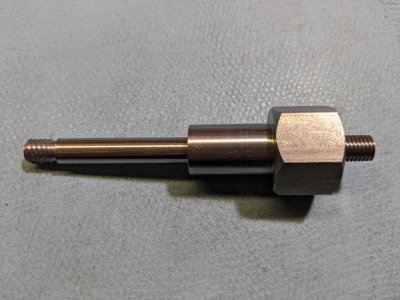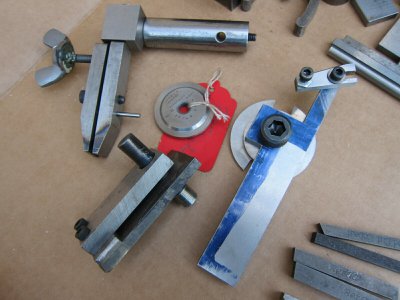- Joined
- Dec 18, 2019
- Messages
- 7,428
Yes, the follow rest is definitely not designed to work with a QCTP! To make it work one needs large stick outs. Oh well, learned more about follow rests and their use.Usually you set the tool to cut to the right of the jaws, if only just barely, one thing I note is that they commonly do not work well with QCTPs because of the large offset of the post, sometimes for threading long acme screws I remove the QCTP and use the rocker tool post with old fashioned tool holders. For my cute little 9" Monarch I made a follow rest that locates the jaws over the center of the cross slide.



